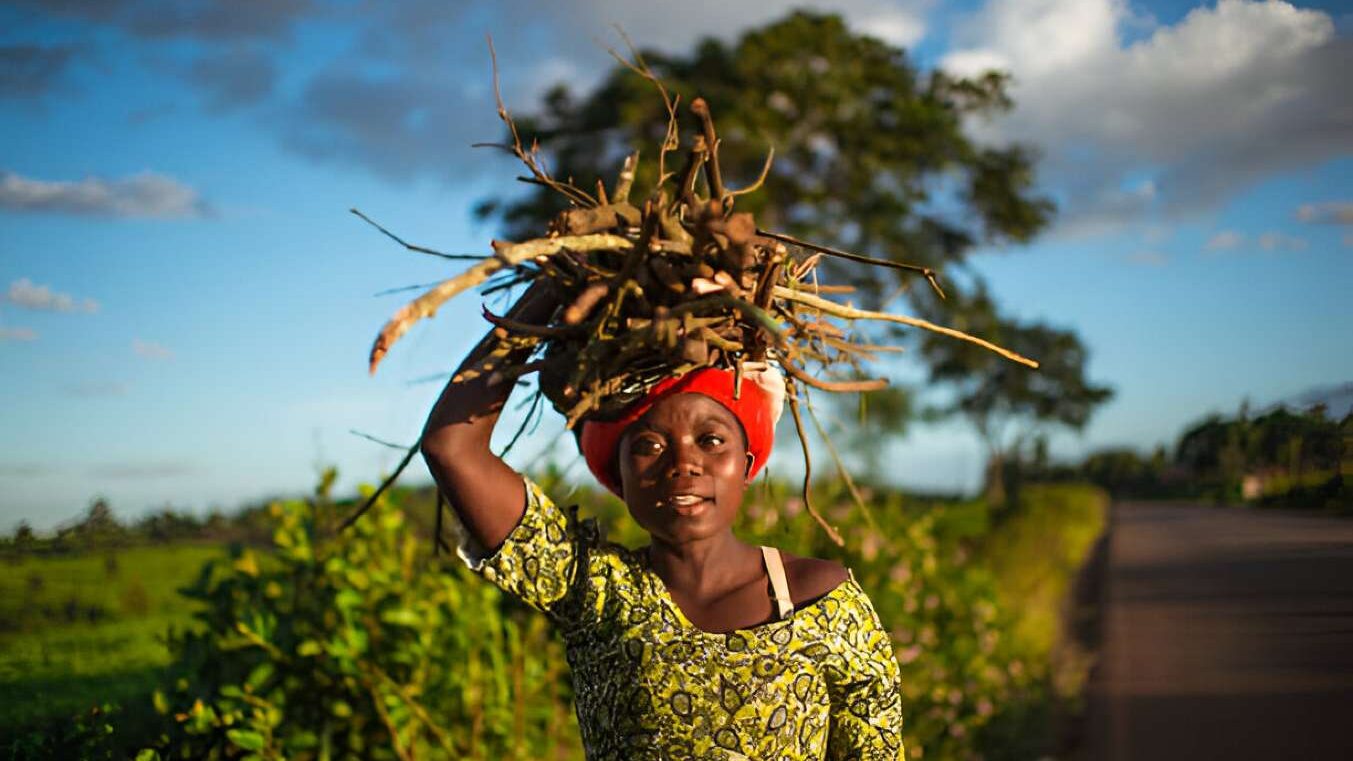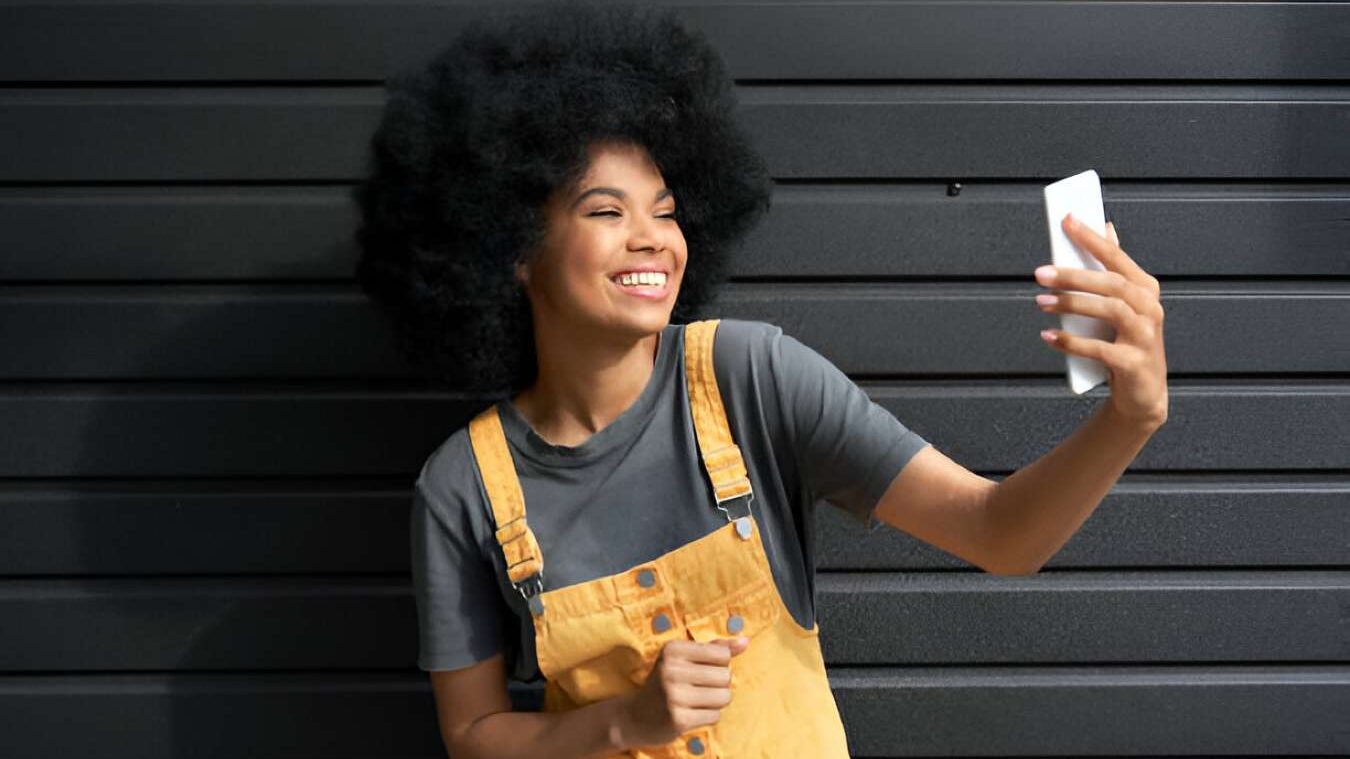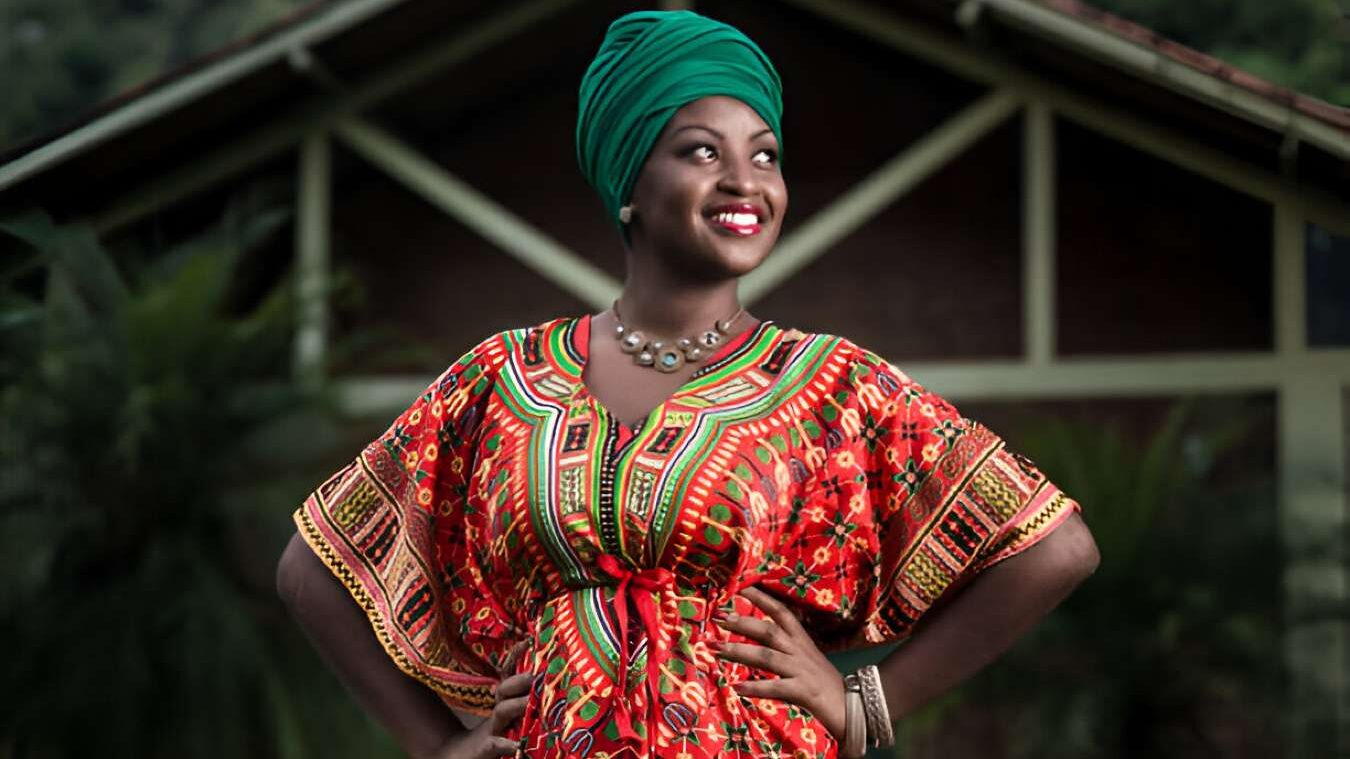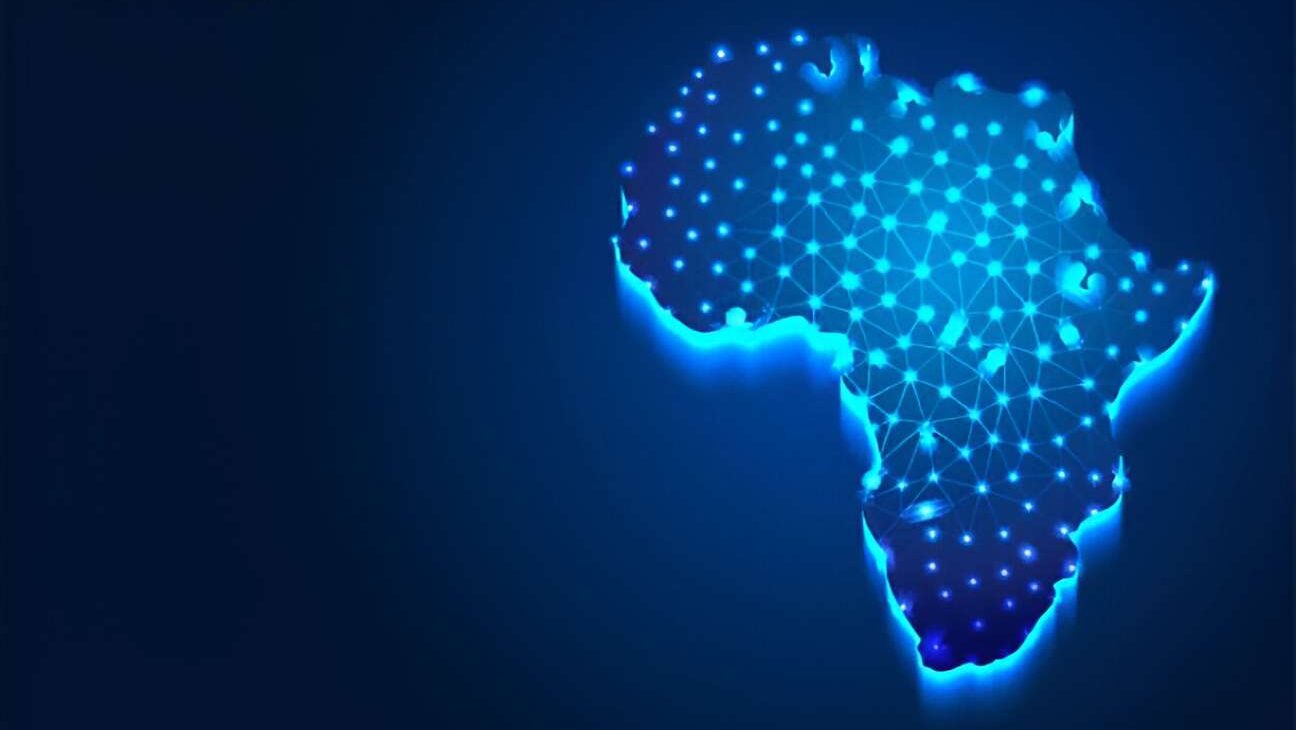In an increasingly interconnected world, pan-African influencer marketing has emerged as a powerful strategy for brands looking to tap into diverse markets across the continent. For businesses targeting the diverse continent of Africa, Pan-African influencer marketing offers a unique opportunity to connect with a rapidly growing, youthful audience.
As businesses increasingly recognize the potential of the African market, understanding how to effectively navigate the complexities of influencer marketing in this region has become crucial for success. When targeting the Pan-African market, which encompasses a rich tapestry of cultures and languages across the continent, crafting a successful influencer marketing strategy requires a nuanced approach.
Why Pan-African Influencer Marketing is Booming
Africa is the world’s fastest-growing digital consumer market. With mobile internet penetration skyrocketing and platforms like TikTok, Instagram, and YouTube flourishing, brands are increasingly leveraging influencers to spread their message. This trend is especially true among African Gen Z and Millennials who are highly active on social media.
The rise of digital access combined with Africa’s youthful population creates a massive opportunity for brands to build local and international visibility. Influencer marketing offers an effective way to reach this vibrant audience.
Understanding the Pan-African Audience & it’s challenges
Africa is home to over 1.3 billion people, with 54 diverse nations, each possessing its own languages, cultures, and economic dynamics. This diversity is both a strength and a challenge in influencer marketing. To succeed, marketers must first understand the local nuances and preferences that shape consumer behavior in different regions.
Diverse Cultures and Languages
Africa is not a monolith. It is a continent made up of 54 countries with over 2,000 languages and a rich diversity of cultures. This means that one-size-fits-all campaigns won’t work here. Brands need to understand the specific nuances of each region, such as the cultural values, local dialects, and social behavior.
Unique Social Media Trends in Africa
Social media use varies across the continent. While Instagram and Facebook are popular in urban areas, WhatsApp dominates in many rural regions for communication. TikTok is rapidly growing, especially among the younger generation. Understanding which platform works best in different regions can enhance the effectiveness of your campaign.

Key Challenges in Pan-African Influencer Marketing Campaigns
Digital Infrastructure and Accessibility
While urban areas enjoy fast internet speeds, rural regions may face connectivity issues. Brands need to consider how to overcome these infrastructure barriers to engage effectively across different areas.
Different Price Expectations Across Regions
Influencer costs vary drastically across different African regions. A creator charging $100 in one area may charge $2000 in another. To effectively navigate this, thoroughly study each region and approach with a tailored strategy that respects its unique characteristics,
Dealing With Miscommunications
Miscommunications are inevitable when working on pan-African influencer campaigns, from misplaced posts to unexpected content formats. Clarity, patience, and flexibility are needed to build successful influencer partnerships across regions
International Payments Can Be Challenging
Deciding whether to contract an influencer in USD, ZAR, or their local currency can be tricky with fluctuating exchange rates. Effectively dealing with these pitfalls requires meticulous planning, clear communication, and adaptability to evolving circumstances
Key Platforms for Pan-African Influencer Marketing
Instagram’s Dominance
Instagram remains a top platform for influencers in Africa, particularly in fashion, beauty, and lifestyle sectors. Its visual nature appeals to younger users who are drawn to high-quality, aesthetically pleasing content.
The Rise of TikTok in Africa
TikTok has seen explosive growth in Africa, with users sharing creative videos and challenges. It has become a go-to platform for brands to engage with African youth through viral content and trend-driven campaigns.
YouTube’s Expanding Reach
YouTube continues to be an essential platform for content creators, especially those focusing on long-form content, tutorials, and vlogs. Influencers use YouTube to share in-depth product reviews, interviews, and behind-the-scenes footage, making it a powerful tool for brands.

Best Practices for Pan-African Influencer Marketing
1) Choose the Right Influencers
– Micro vs. Macro Influencers
Brands need to decide whether to go with micro-influencers (those with smaller, more niche audiences) or macro-influencers (those with larger followings). Don’t overlook smaller influencers. Micro-influencers often have higher engagement rates and more trust within their communities, while macro-influencers offer broader reach.
The influencer landscape in Africa being as diverse as its population, a successful pan-African campaign should:
- Utilize a combination of macro-influencers for broad reach and micro-influencers for targeted engagement
- Partner with nano-influencers in specific communities for hyper-local impact
- Consider the unique strengths of each influencer tier in different African markets
- Balance reach with engagement rates to maximize campaign effectiveness
This multi-tiered approach ensures comprehensive coverage while allowing for tailored messaging to specific audience segments.
– Authenticity and Cultural Relevance
In Africa, authenticity is key. When selecting influencers for your Pan-African campaign, prioritize those who have genuine connections with their audience. Influencers who genuinely connect with their local communities tend to perform better. Look for influencers who share the same cultural background and values as your target audience.
Africa’s cultural diversity is both its strength and a challenge for marketers. To succeed, we must:
- Conduct thorough research on each target market’s cultural norms, values, and sensitivities
- Collaborate with local experts to ensure cultural appropriateness
- Encourage influencers to maintain their authentic voice while aligning with brand messaging
- Develop content that resonates with local audiences while maintaining a cohesive brand identity
By prioritizing cultural authenticity, we can create campaigns that truly connect with audiences across different African regions.
2) Create Content relevant to Africa
– Prioritize Mobile-First Strategies
With mobile penetration rates soaring across Africa, a mobile-first approach is non-negotiable. We must:
- Optimize all campaign content for mobile viewing and engagement
- Leverage mobile-friendly platforms popular in different African regions
- Utilize vertical video formats for platforms like TikTok and Instagram Stories
- Ensure fast loading times and data-light content for areas with limited internet infrastructure
By focusing on mobile-first strategies, we can reach a wider audience and improve engagement rates across the continent.
Diverse Formats: Use a mix of content types—videos, blog posts, stories, and live sessions—to keep the audience engaged.
– Localizing Content for Pan-African Campaigns
To create campaigns that resonate with a Pan-African audience, it’s important to incorporate regional languages, dialects, and customs into your messaging. This will make the content feel more relatable and personalized.
Multilingual campaigns can enhance your reach. Collaborate with influencers who can communicate effectively in multiple languages or work with different influencers for various language groups. This approach ensures your message is accessible and resonates with a broader audience.
– Craft Culturally Relevant Content
Content is king, but relevance is crucial. Work with influencers to create content that aligns with local cultures, traditions, and values. This could mean adapting your messaging, visuals, and even the tone of your campaign to better fit regional nuances. Culturally relevant content will engage audiences more deeply and foster a positive brand perception.
3) Use Tools Most Effective in Africa
Utilize influencer marketing platforms and analytics tools to streamline your campaigns. These tools can help with:
- Influencer Discovery: Platforms like EmpowrAI and fully managed campaign service by Aifluence can help identify suitable influencers based on your criteria.
- Campaign Management: Use tools for tracking campaign performance, managing contracts, and facilitating payments across different currencies. Note each country has it’s own top social networks and the tool should be able to cover all the social networks.
- Analytics: Monitor key performance indicators (KPIs) such as engagement rates, reach, and conversions to assess the effectiveness of your campaign.
4) Navigating Legal and Ethical Considerations
– Understanding Regulations in Different Countries
Each African country has different advertising laws and regulations. Brands must stay compliant with these rules to avoid any legal pitfalls.
To ensure compliance and avoid pitfalls, we should:
- Stay informed about local advertising regulations and disclosure requirements
- Implement clear guidelines for influencers regarding sponsored content disclosures
- Adapt contract terms and conditions to align with local legal frameworks
- Collaborate with local legal experts to navigate complex regulatory landscapes
– Avoiding Cultural Insensitivity
It’s crucial to ensure that your campaigns are culturally sensitive. Avoid stereotypes and make sure the influencers you work with have a genuine connection with their audience to avoid backlash.

Emerging Trends in Pan-African Influencer Marketing
As the landscape evolves, several trends are shaping the future of influencer marketing in Africa:
1) Rise of Nano-Influencers
Nano-influencers, with their highly engaged niche audiences, are becoming increasingly valuable for targeted campaigns in specific African communities.
2) Emphasis on Long-Term Partnerships
Brands are moving away from one-off collaborations in favor of long-term partnerships with influencers, fostering authenticity and deeper audience connections.
3) Integration of Augmented Reality (AR)
AR technologies are opening new avenues for immersive, interactive influencer content, particularly in tech-savvy African markets.
4) Focus on Social Commerce
As social media platforms enhance their e-commerce capabilities, influencers are playing a more direct role in driving sales across African markets.
5) Influencer Marketing Beyond Social Media
While social media remains key, influencers are also expanding into podcasting, live streaming, and even TV collaborations, further diversifying their reach.
6) The Growth of E-commerce Integration
With the rise of mobile payments and e-commerce platforms, influencer marketing will increasingly integrate shopping features, allowing users to buy products directly from social media platforms.
Case Studies: Successful Pan-African Influencer Marketing Campaigns
Many brands, such as Visa, Oppo, Bolt, Coca-Cola and African banks, have successfully run Pan-African influencer marketing campaigns. They’ve built trust by collaborating with local influencers who understand the unique needs and desires of their audience. An important thing to understand is that the partner you choose is probably the most important decision in the process.
Closing Notes
Succeeding in pan-African influencer marketing requires a thoughtful and informed approach. By understanding the diverse landscape, choosing the right influencers, creating culturally relevant content, and measuring your campaign’s success, you can effectively connect with audiences across the continent. Implement these tips to enhance your Pan-African influencer marketing strategy and achieve meaningful engagement with your target market.
FAQs
- What is the biggest challenge in Pan-African influencer marketing?
The biggest challenge is navigating the continent’s linguistic and cultural diversity, which requires a highly localized approach. - Which platforms are best for influencer marketing in Africa?
Instagram, TikTok, and YouTube are the most popular platforms, each offering unique opportunities to engage different segments of the African audience. - How can brands ensure cultural sensitivity in their campaigns?
Partnering with local influencers who have an authentic connection with their audience helps avoid cultural insensitivity and ensures that the message resonates. - Why is influencer authenticity important in Africa?
African audiences value authenticity and are more likely to trust influencers who are relatable and share their values. - What future trends should we expect in Pan-African influencer marketing?
E-commerce integration and the expansion of influencer marketing into podcasts and live-streaming are key trends to watch.


Leave a Reply